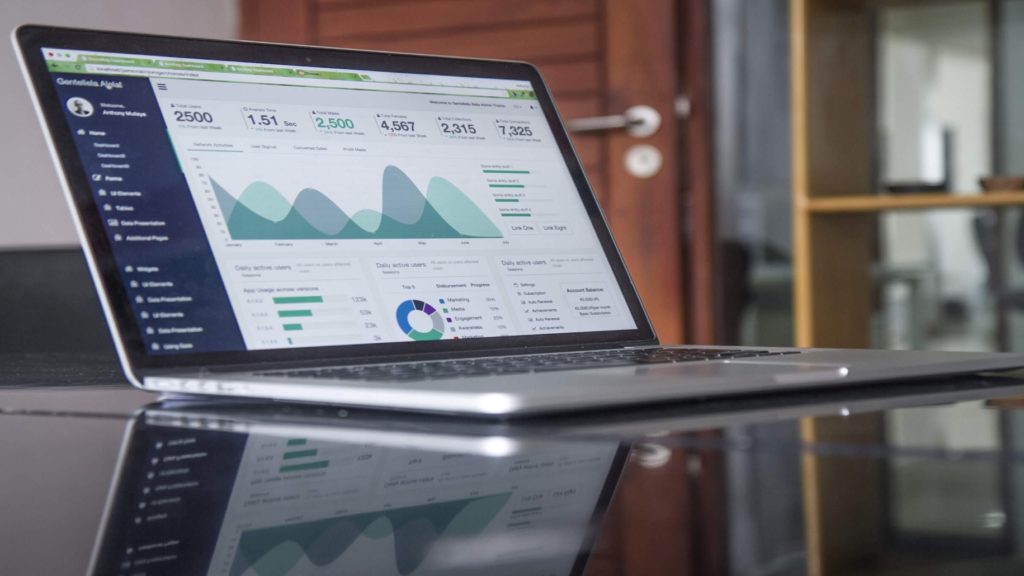Power BI vs. Tableau: Choose Your Best-fit

When it comes to Data Visualization and Business Intelligence, Microsoft Power BI and Tableau are the popular tools that stand out among other performers in recent times. Both tools help organizations working in analytics use data visualization to get more in-depth data insights and make informed decisions.
Tableau, being a leading BI tool, has made its mark with rich analytical features and attention to the details. On the other hand, Power BI has grown to be the closest competitor of Tableau in just five years since its inception. Both these powerful tools have their own set of strengths and weaknesses that are suitable based on the business requirements. In this post, we will compare both these tools on various functionalities that will help organizations decide the best one for them.
1. Performance
One of the significant differences between Power BI and Tableau is that Tableau, along with providing visualizations, helps in gaining a deeper understanding of the data. Whereas, Power BI is more focused on predictive modeling and reporting.
2. Deployment
Tableau is flexible to deploy as compared to Power BI. On the other hand, Power BI serves as a SaaS model where third-party providers make applications available to the customers over the internet. Also, a user can deploy Tableau on-premises as well as on the cloud.
3. User Interface
With Tableau, a user can create a customized dashboard. This tool is specially designed for data analysts and helps them gain insight into large datasets. Yet, Power BI is simpler to use and offers an intuitive interface, specifically at the beginners’ level. A coder, as well as the no coder, can use this tool. The simplicity of Power BI makes it a preferred tool among businesses.
4. Programming language integration
Both tools can be smoothly connected with programming languages. Tableau has much better integration with the R language. In contrast, only enterprise-level users can use Power BI, but it can be still integrated with the R language using Microsoft Revolution.
5. AI-Integration
Due to its Microsoft Flow and an AI builder tool, Power BI can help build apps with an intelligence feature. The benefits of Microsoft AI can let users build machine learning models, prepare data, and get a deep understanding of both structured and unstructured data. Whereas, Tableau simplifies analytics by working on natural language capabilities and helps those users who have no prior experience in data analytics. This intuitive way of analytics is called Ask Data. In June this year, Tableau announced the beta version of its new AI-power feature – Explain Data. It will help data analysts to know the “why” behind unexpected values in the data
6. Cost of the tools
Power BI comes with three pricing plans; Power BI desktop, Power BI Pro, and Power BI Premium. The desktop plan is free to use for any single user with some specific features. Whereas, the Pro plan costs $9.99 per user/month and Premium plan costs at a starting price of $4,995 per month per dedicated resource. In a Pro plan, users can collaborate and build dashboards with an ability to publish reports anywhere and a 360-degree real-time view. In a premium plan for Power BI, users can perform advanced administration and big data analytics.
However, in Tableau, there are also three plans for the subscription – Creator, Explorer, and Viewer. According to the updated pricing structure, the Creator costs $70 for a user per month and provides access to Tableau Desktop and Prep. Explorer, on the other hand, has a subscription rate of $35/user for a month with a self-service analytics feature. Besides, the price of the Viewer plan is $12-$15 per month and provides secure visualization features to the users.
Last Words,


For data analysts, choosing the best analytics tools depends on the tasks they need to perform. Both Power BI and Tableau work on different principles, so there’s not a defined winner here. Considering the above-listed points, you can select your best-fit software based on the business requirements.




